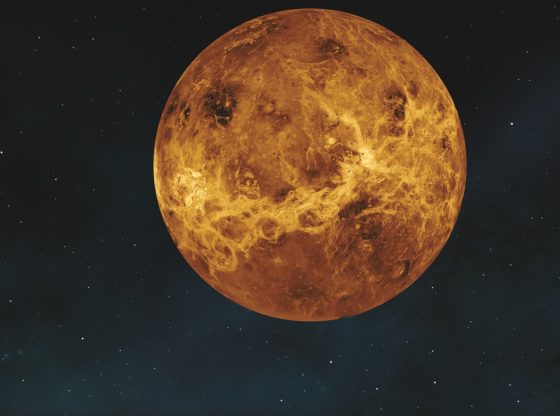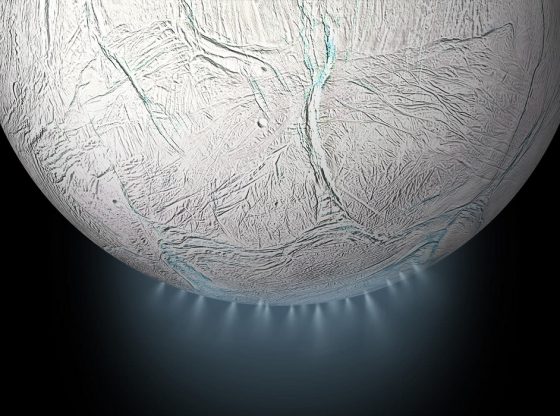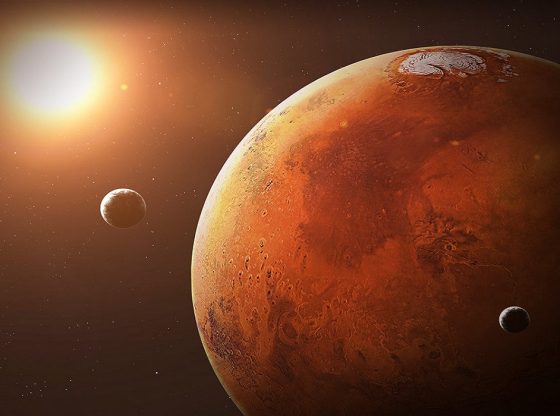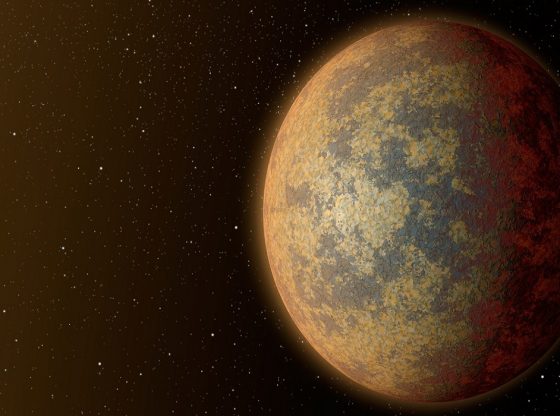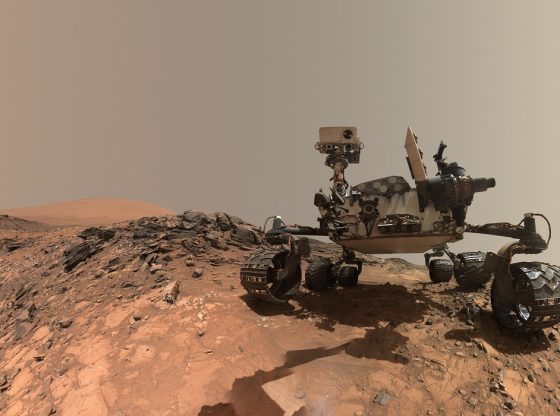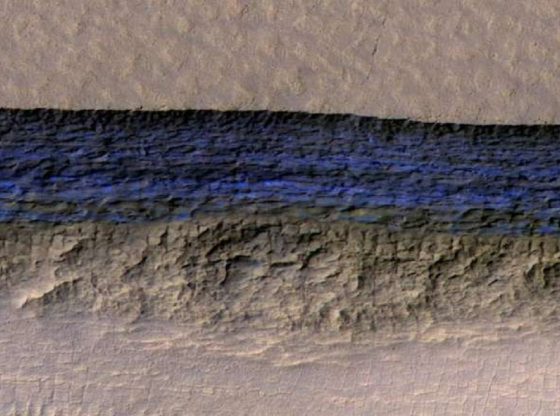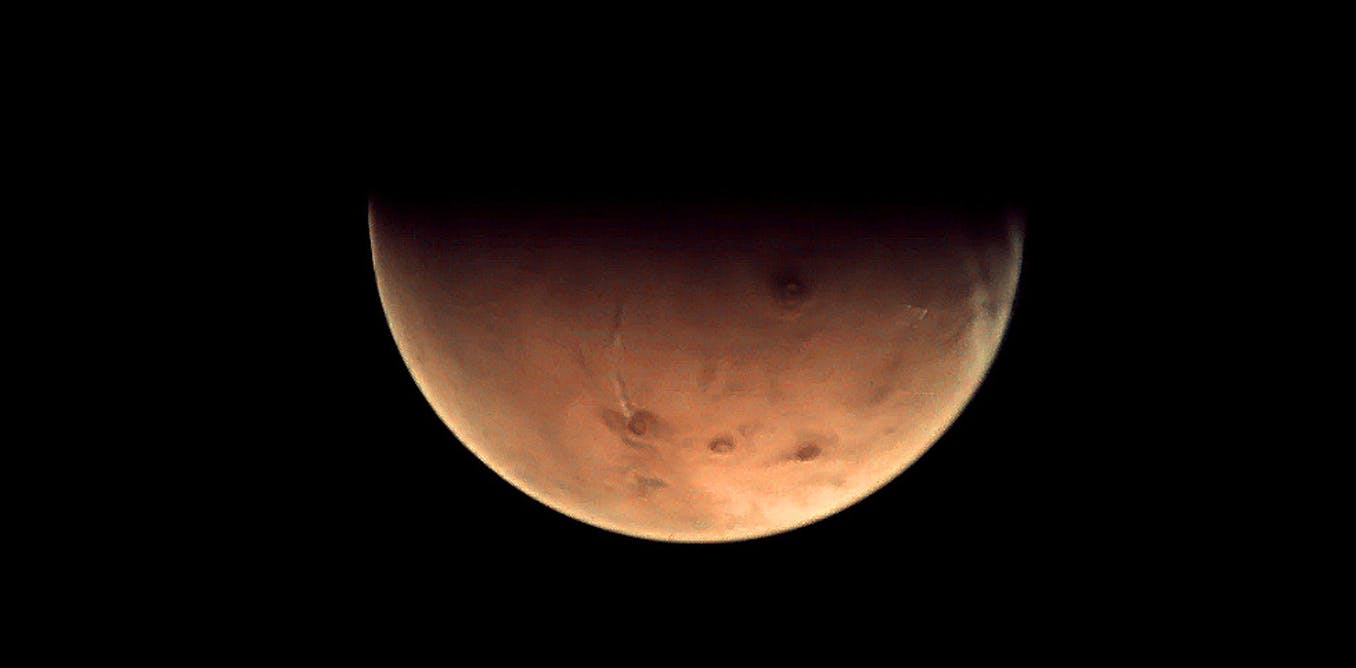
It really was a huge deal when researchers first discovered methane on Mars more than a decade ago. The presence of methane could enhance habitability and may even be a signature of life but it was never really confirmed independently — until now.
NASA’s Curiosity rover mission determined that methane in Mars’ atmosphere cycle seasonally, peaking in the northern summer. The rover robot also detected two surges to date of the gas inside the Red Planet’s 154 kilometer Gale Crater — once in June 2013, and then again in late 2013 through early 2014.
Using an instrument onboard the European Space Agency’s Mars Express spacecraft, a team of scientists detected a methane spike on June 16, 2013 — backing up observations made a day before by NASA’s Curiosity rover.
“A confirmation of measurements is the ultimate prize in planetary exploration,”
– Chris Webster, who is in charge of Curiosity’s methane sensing instrument.
The Mars Express team using the Mars Express’ Planetary Fourier Spectrometer instrument has even been able to home in on a potential location of the methane spike 500 kilometers to the east of Gale Crater, they report in the journal Nature Geoscience.
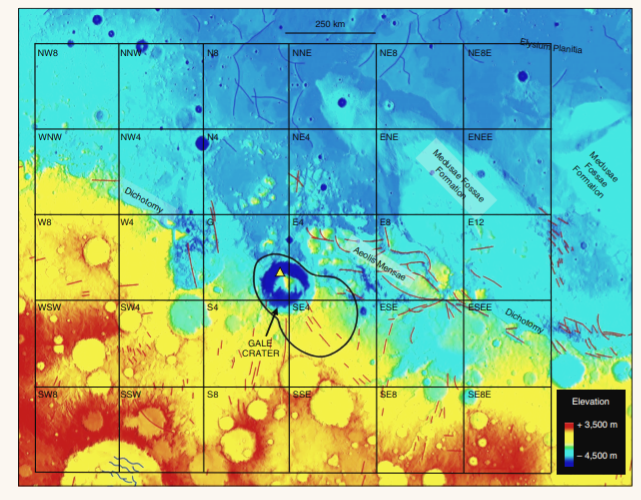
A geological survey of the area, known as Aeolis Mensae, identified faults that extend below a region thought to contain shallow ice, according to the paper’s lead author Marco Giuranna of the National Institute of Astrophysics in Rome.
“Since permafrost is an excellent seal for methane, it is possible that the ice here could trap subsurface methane and release it episodically along the faults that break through this ice,”
“That methane could be released episodically along faults that break through the permafrost due to partial melting of ice, gas pressure buildup induced by gas accumulation during migration, or stresses due to planetary adjustments or local meteorite impact,”
– Dr Giuranna said.
They found one hit: a peak of about 15.5 parts per billion (ppb) methane by volume on June 16, 2013. That was just one Martian day after Curiosity detected a peak of nearly 6 ppb.
The paper doesn’t address the ultimate origin of the methane — whether it was churned out by Martian microbes or reactions involving hot water and certain types of rock. And scientists don’t know if the detected methane was produced recently or long ago; it could have been trapped under the ice for eons.
The exact source of the methane remains to be identified in future missions — as does the existence of life on Mars. Giuranna’s team is now involved with the ExoMars Trace Gas Orbiter, which arrived at Mars in October 2016 and coordinated TGO-Mars Express measurements are in the works.
Reference:
Marco Giuranna et al. Independent confirmation of a methane spike on Mars and a source region east of Gale Crater Nature Geoscience, 2019. https://doi.org/10.1038/s41561-019-0331-9

